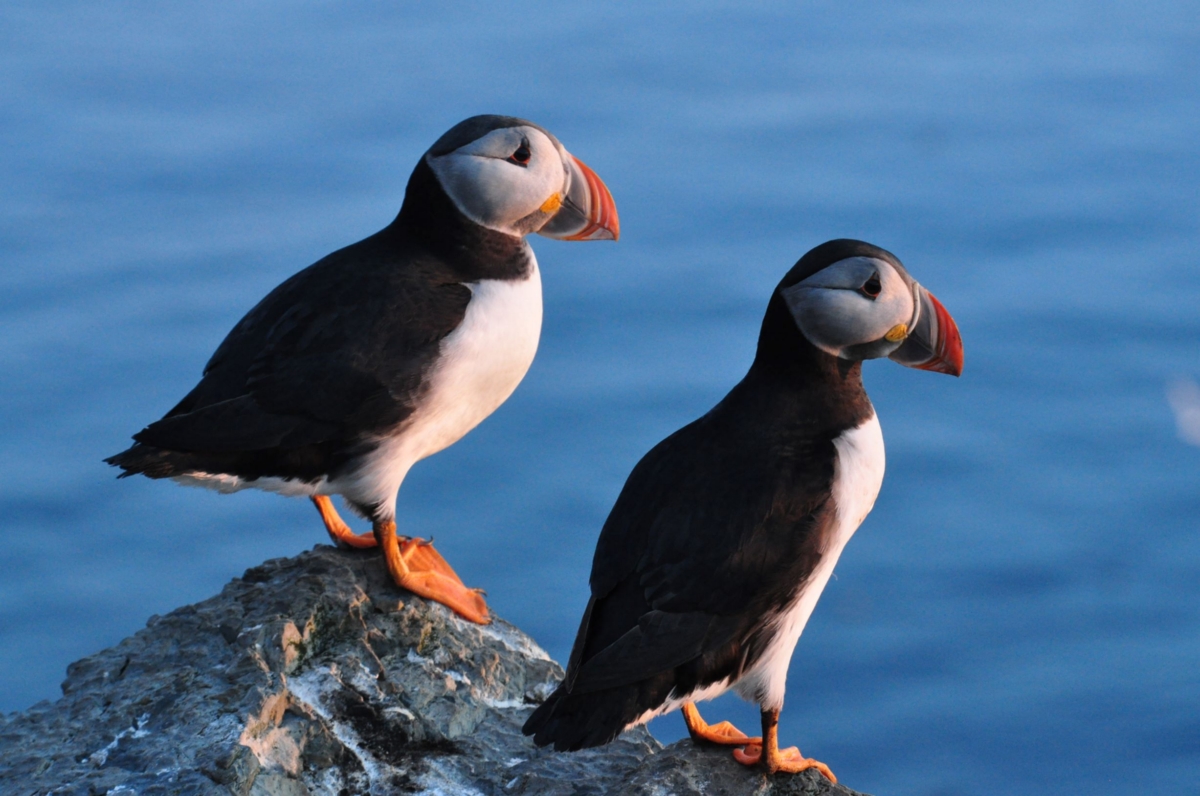Acute incidents seriously threaten seabird populations already under pressure
Researchers have studied how seabird populations in Lofoten, Vesterålen and the Barents Sea are affected by sudden population reductions and what the chances are for single populations to recover after such incidents. Acute reductions as a result of, for example, oil spills will have considerable negative consequences for all populations. Many of the populations are already under great pressure because of the ongoing climate changes. It is, consequently, essential to know how vulnerable these populations are to any additional human-induced impacts, such as oil spills.
Natural and man-made threats
Sudden and unpredicted incidents pose a constant threat to seabird populations. They may occur as natural phenomena such as extreme weather events or as direct impacts of human activity, such as oil spills or poison discharge. This type of impact comes in addition to ongoing population declines already caused by e.g. climate change. It is thus crucial to quantify the ability of the different populations to withstand acute reductions and their chances of recovering to the size they were before any acute incidents. Researchers from three institutions have assessed the vulnerability of single populations of pelagic seabirds in the Barents Sea and the areas outside Lofoten and Vesterålen to acute external impacts. Their report includes an assessment of how the different populations will be affected by reductions of 10, 25 and 50 %.
Populations are halved even without acute incidents
Even populations that are now stable or increasing can be seriously threatened by acute population reductions. For populations already in decline, the future looks even more gloomy. If the environmental variation continues the same way as for the years of the time series, these populations will shrink to half their size in relatively short time. The study shows that several seabird populations are considerably more vulnerable than previously recognized, and oils spills in the Barents Sea and the areas outside Lofoten and Vesterålen will increase their vulnerability. Brünnich’s guillemot, Atlantic puffin and black-legged kittiwake were the most vulnerable species in both areas.
Read the report (Norwegian only, but abstract in English):
Contact person: Tone Kristin Reiertsen, NINA
Teaser image:
Shipwrecks can have catastrofic consequences for seabirds. The freighter Petrozavodsk ran aground at the foot of the huge bird cliffs on Bjørnøya early in the 2009 breeding season. Fortunately the incident caused little damage. Photo: Harald Steen, NP
